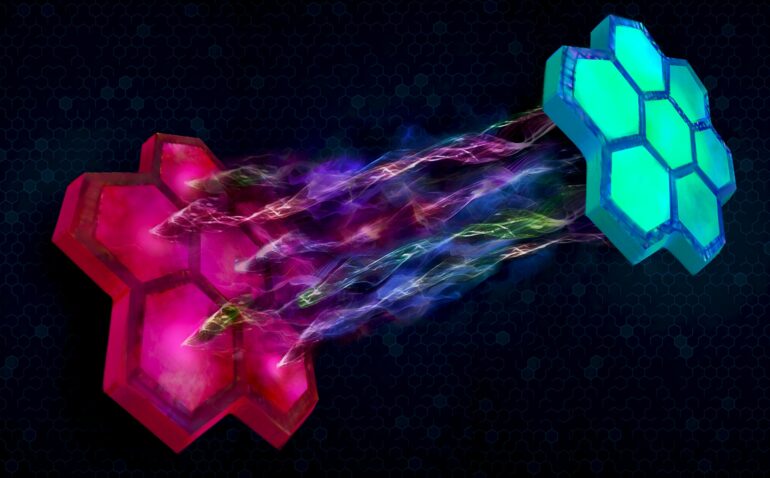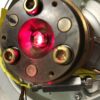Scientists at Heriot-Watt University in Edinburgh, Scotland, have published new research into the phenomenon known as quantum entanglement. This is when two particles—such as photons of light—remain connected even when they’re separated by vast distances.
In a world riddled with threats such as cyber-attacks and information leaks, quantum entanglement will allow future communications networks to be unhackable, say researchers at Heriot-Watt’s Institute of Photonic and Quantum Sciences. The technology can deliver the most secure form of communication possible, even if devices are unsafe or in criminal hands.
But over long distances, entangled photons can be disrupted by noisy real-world environments, such as stormy weather, background noise, or signal loss in a communications network. Problems like these can jeopardize security in a quantum network.
Working with colleagues at the University of Geneva in Switzerland, Heriot-Watt physicists have developed a way for quantum entanglement to survive and remain robust under even extreme conditions of noise and loss.
“Even the best optical fibers in the world will have a certain amount of loss per kilometer, so this is a big hurdle in making this form of quantum communication possible,” explains Professor Mehul Malik, an experimental physicist and Professor of Physics at Heriot-Watt’s School of Engineering and Physical Sciences who has been researching quantum technologies for 15 years.
“This is the first time it’s been shown that quantum entanglement can tolerate both noise and loss—and still survive in a strong form known as quantum steering.”
Professor Malik and his research team at the Beyond Binary Quantum Information Lab were able to improve the robustness of entanglement by using photons entangled in multiple dimensions (qudits), compared to the standard two-dimensional quantum units (qubits). This “high-dimensional” entanglement uses the spatial structure of light to entangle photons in a 53-dimensional space made up of “pixels” of light.
In a test, the researchers were able to steer the entangled photons through loss and noise conditions equivalent to 79km of telecoms fiber optic cable, with 36% of “white noise”—noise that could come from sunlight leaking into the experiment, for example.
Another finding from the research was that, counter-intuitively, increasing the number of dimensions in quantum entanglement also dramatically reduces the time it takes to measure the results, Professor Malik said.
The results of the research are published in the journal Physical Review X.
“The efficient and trusted flow of information lies at the heart of modern society today,” Professor Malik says. “In the future, quantum networks will provide a way to have ultra-secure, high-capacity communication. To build such a ‘quantum’ internet, we need to be able to send quantum entanglement across real-world distances. And the only way you can do that is by tolerating noise and loss.”
Quantum technology involves harnessing the physics of sub-atomic particles to develop ultra-high performance applications including more powerful computing, more secure communications and more reliable navigation systems.
Professor Malik says, “Quantum technology is very much an emerging area that’s being advanced by both academia and industry, and I think our research is incredibly relevant to both. In academia, it can help advance fundamental research, and in industry, it could help future quantum networks operate over global distances.”
More information:
Quick quantum steering: Overcoming loss and noise with qudits, Physical Review X (2022). journals.aps.org/prx/accepted/ … 78572da35045d6b08136
Provided by
Heriot-Watt University
Citation:
Quantum leap for research into unhackable communications networks (2022, November 30)



